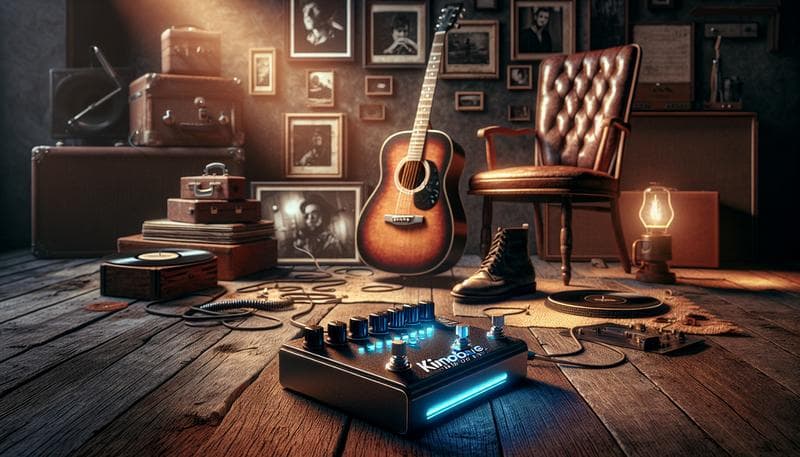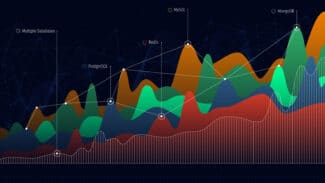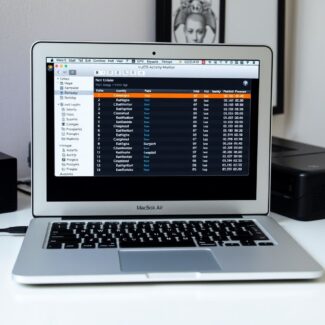Music has never existed in a vacuum — it has always evolved alongside the technologies shaping its sound. Effects, distortions, and processing have become key elements of musical expression. From simple analog devices to complex digital systems, the path spans decades. This journey reflects not only technical progress but also a shift in how we perceive sound, taste, and creativity. It is particularly evident in countries with vibrant music scenes, such as Hungary.
Origins — How It All Began
Music effects became an integral part of sound back in the mid-20th century when guitarists and sound engineers started exploring ways to alter the clean tone of instruments. Early experiments involved amplifiers and tape machines, leading to the emergence of distortion, reverb, and delay. These techniques were discovered accidentally but marked the beginning of a new era. In the 1950s and 60s, the first analog effect pedals appeared — small devices connected between guitar and amp to modify the sound. Among the most iconic were the Dallas Arbiter Fuzz Face, famously used by Jimi Hendrix, and the Maestro FZ-1, made popular by Keith Richards.
Hungarian musicians were also part of this evolution. By the 1970s, Budapest saw the rise of early rock bands, whose members began using imported pedals and homemade alternatives. With limited access to Western gear, many local tinkerers built their own effect boxes, cultivating a unique culture of technical creativity among Hungarian musicians and engineers.
The Golden Age of Analog Devices
The 1970s and 80s were a golden era for effects. Companies like Boss, Electro-Harmonix, MXR, and Ibanez released increasingly sophisticated devices. Chorus, flanger, phaser, and compressor pedals added new textures to music. One of the most significant pedals of the time was the Boss CE-1 — the world’s first mass-produced chorus pedal. Effects became standard tools across rock, pop, punk, and even jazz.
Hungarian musicians, inspired by bands like Queen, Pink Floyd, and U2, started incorporating effects into live shows and studio recordings. Many relied on combinations of analog pedals to craft their signature sound, often working with only a few devices — a practice that required creativity and a trained ear.
But as analog solutions gained popularity, they also posed challenges — component instability, noise, and limited ability to combine effects. This prompted the industry to take the next step forward.
The Digital Revolution — New Horizons
The 1990s ushered in the digital age. Initially, digital effects were met with skepticism — they seemed “cold” and “lifeless” compared to their analog counterparts. But the advantages were clear — compactness, flexibility, expanded control parameters, and preset storage. One of the first devices to showcase the potential of digital processing was the Line 6 POD — a versatile modeling processor that simulated the sound of various amps and effects.
At the same time, studio-grade digital processors like those from Lexicon and TC Electronic became essential in production and live settings. Later, with the rise of computers and DAWs (Digital Audio Workstations) such as Cubase, Pro Tools, and Logic Pro, a new category of tools emerged — plugins.
Plugins and Virtual Instruments
Since the mid-2000s, digital plugins have increasingly replaced even the most advanced pedals and hardware processors. Now, to build a complex effects chain, all you need is the right VST or AU plugin. Companies like Waves, Native Instruments, FabFilter, and ValhallaDSP became industry leaders.
Today, nearly every legendary analog effect has been emulated — from tape delays to vintage compressors and amps. But plugins aren’t just about imitation. New generations of effects are built from the ground up as digital products, offering creative possibilities that don’t exist in the physical world. This opens new sonic horizons for electronic music, post-rock, ambient, and sound design.
Hungarian producers and performers actively use these tools. Studios in Budapest work with international clients relying solely on digital plugins. Young musicians create tracks at home using FL Studio, Ableton, and Reaper — often achieving results on par with professional studios.
Analog or Digital — The Eternal Dilemma
Despite the triumph of digital technologies, interest in analog sound hasn’t disappeared. On the contrary, recent years have seen a kind of retro renaissance — pedals, cassette recorders, and tube preamps are back in vogue. Many artists strive to combine the best of both worlds. For example, a guitarist might record a track through a tube preamp and then process the signal digitally. Or the reverse — create a digital tone and run it through a real analog loop to add character.
For Hungarian musicians, especially those performing live or playing festivals, the choice between analog and digital isn’t just about gear. It’s a creative decision. Some stick to classic methods, others explore new forms, and most combine technologies based on what the situation demands.
The Future of Music Effects
Artificial intelligence and machine learning are already shaping the world of music effects. New plugins can adapt to the performer’s style, “guessing” the needed processing. Devices like Neural DSP’s Quad Cortex or the Kemper Profiler show how far the technology has come. Now you can “capture” the sound of your favorite amp and use it anywhere — on stage or in the studio.
Mobile effects are also on the rise — apps for iOS and Android allow users to apply effects and edit sound right from a smartphone. This is especially relevant for young artists, content creators, and street musicians.
Conclusion
The history of music effects is a journey from simple analog pedals to incredibly powerful digital plugins. At the heart of this evolution lies the desire to find unique sound, push creative boundaries, and make musical expression more accessible. Whereas in the past, professional gear and studio access were necessary for high-quality sound, today anyone with a laptop and a few plugins can create music that reaches global audiences. This democratization of music is especially visible in Hungary — a country with a rich cultural heritage and immense potential in sound innovation.




